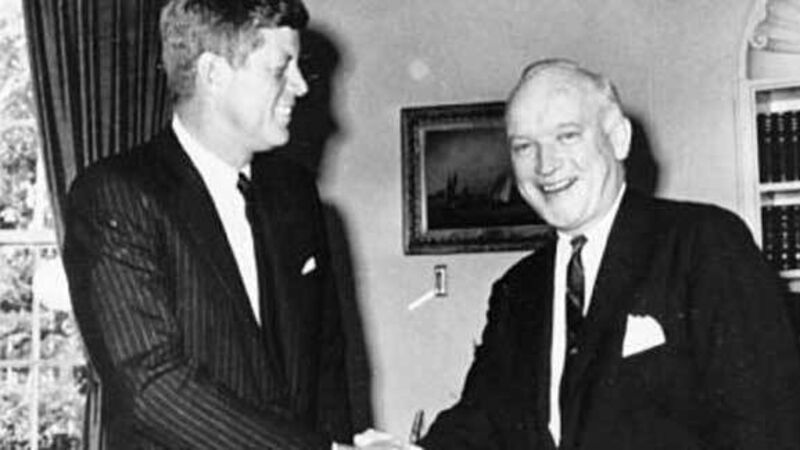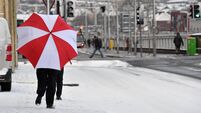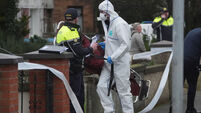Bridge of Spies to tell story of Cold War’s Rudolf Ivanovich Abel dealer Jim Donovan

Powers, and a young American student and future economics professor Fred Pryor, held by the East Germans on a charge of alleged espionage, were exchanged by the Soviets for their British-born agent, Rudolf Ivanovich Abel, who was imprisoned in America.
Steven Spielberg directs the movie, filmed in New York and Berlin with Tom Hanks in the role of the Irish American lawyer who risked his life in June 1962 to bring off one of the most dramatic spy swops of the 20th century.










